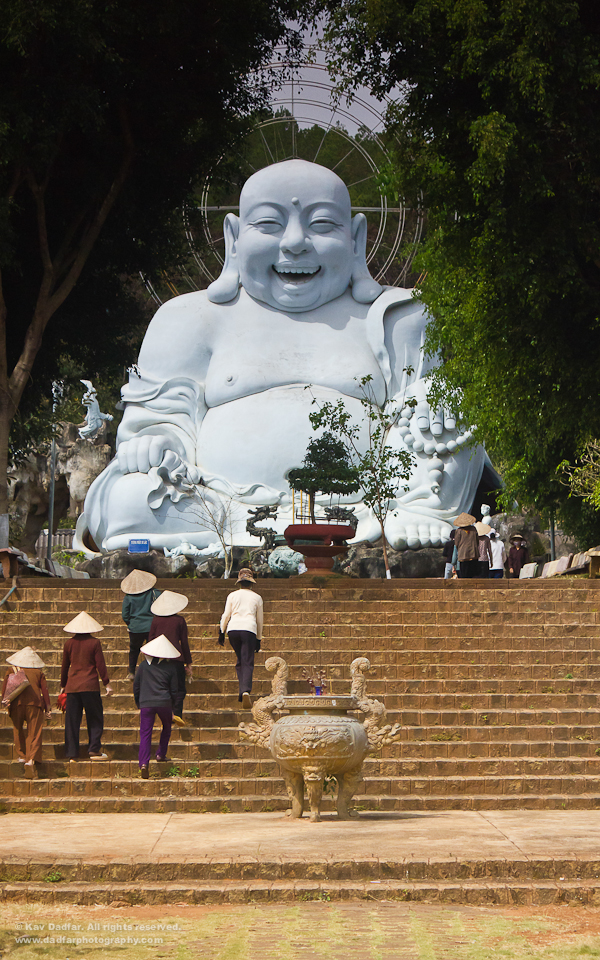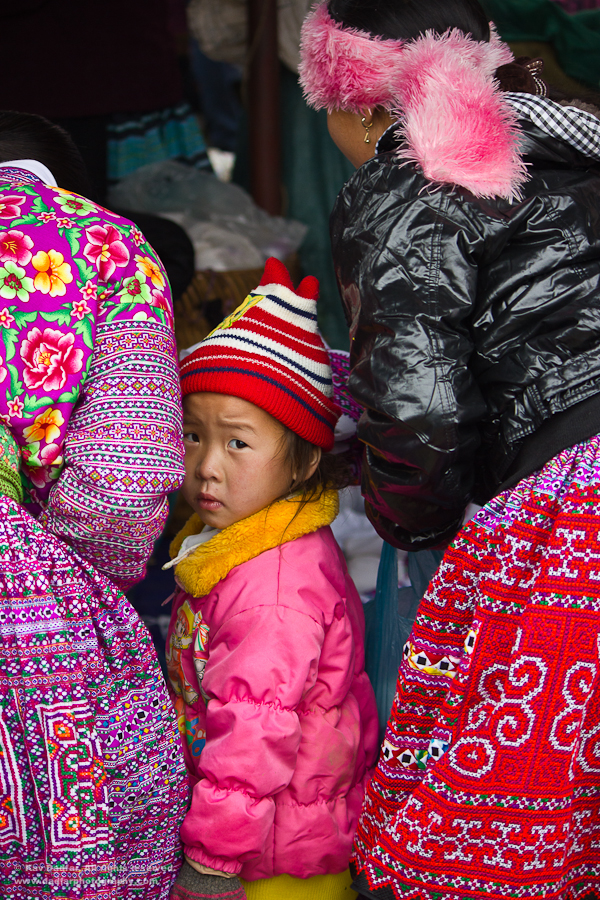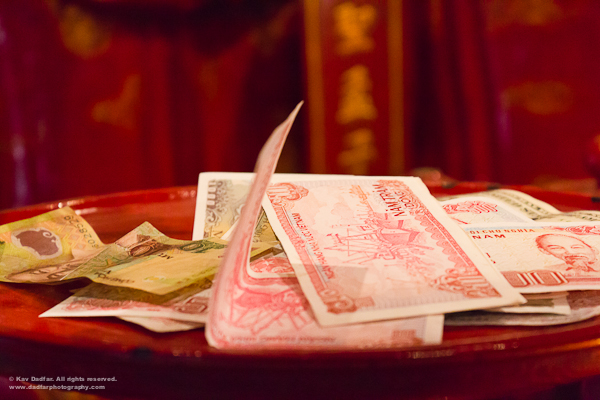1858-1884 - France invades Vietnam and makes Vietnam a colony.
October 1930 - Ho Chi Minh helps found the Indochinese Communist Party.
September 1940 - Japan invades Vietnam.
May 1941 - Ho Chi Minh establishes the Viet Minh (League for the Independence of Vietnam).
September 2, 1945 - Ho Chi Minh declares an independent Vietnam, called the Democratic Republic of Vietnam.
January 1950 - The Viet Minh receive military advisors and weapons from China.
July 1950 - The United States pledges $15 million worth of military aid to France to help them fight in Vietnam.
May 7, 1954 - The French suffer a decisive defeat at the Battle of Dien Bien Phu.
July 21, 1954 - The Geneva Accords creates a cease-fire for the peaceful withdrawal of the French from Vietnam and provides a temporary boundary between North and South Vietnam at the 17th parallel.
October 26, 1955 - South Vietnam declares itself the Republic of Vietnam, with newly elected Ngo Dinh Diem as president.
December 20, 1960 - The National Liberation Front (NLF), also called the Viet Cong, is established in South Vietnam.
November 2, 1963 - South Vietnamese President Ngo Dinh Diem is executed during a coup.
August 2 and 4, 1964 - North Vietnamese attack two U.S. destroyers sitting in international waters (the Gulf of Tonkin Incident).
August 7, 1964 - In response to the Gulf of Tonkin Incident, the U.S. Congress passes the Gulf of Tonkin Resolution.
March 2, 1965 - A sustained U.S. aerial bombing campaign of North Vietnam begins (Operation Rolling Thunder).
March 8, 1965 - The first U.S. combat troops arrive in Vietnam.
January 30, 1968 - The North Vietnamese join forces with the Viet Cong to launch the Tet Offensive, attacking approximately one hundred South Vietnamese cities and towns.
March 16, 1968 - U.S. soldiers kill hundreds of Vietnamese civilians in the town of Mai Lai.
July 1968 - General William Westmoreland, who had been in charge of the U.S. troops in Vietnam, is replaced by General Creighton Abrams.
December 1968 - U.S. troops in Vietnam reaches 540,000.
July 1969 - President Nixon orders the first of many U.S. troop withdrawals from Vietnam.
September 3, 1969 - Communist revolutionary leader Ho Chi Minh dies at age 79.
November 13, 1969 - The American public learns of the Mai Lai massacre.
April 30, 1970 - President Nixon announces that U.S. troops will attack enemy locations in Cambodia. This news sparks nationwide protests, especially on college campuses.
June 13, 1971 - Portions of the Pentagon Papers are published in The New York Times.
March 1972 - The North Vietnamese cross the demilitarized zone (DMZ) at the 17th parallel to attack South Vietnam in what became known as the Easter Offensive.
January 27, 1973 - The Paris Peace Accords are signed that provide a cease-fire.
March 29, 1973 - The last U.S. troops are withdrawn from Vietnam.
March 1975 - North Vietnam launches a massive assault on South Vietnam.
April 30, 1975 - South Vietnam surrenders to the communists.
July 2, 1976 - Vietnam is unified as a communist country, the Socialist Republic of Vietnam.
November 13, 1982 - The Vietnam Veterans Memorial in Washington D.C. is dedicated.
Vietnam War Timeline in wiki
- Fallout of the War from the Dean Peter Krogh Foreign Affairs Digital Archives
- American Ethnography – On collecting engraved Zippos from the Vietnam War
- Battlefield Vietnam PBS interactive site
- Casualties – U.S. vs NVA/VC
- Complete text of the Gravel Edition of the Pentagon Papers with supporting documents, maps, and photos
- Documents Relating to American Foreign Policy-Vietnam primary sources on U.S. involvement
- The Effects of Vietnamization on the Republic of Vietnam's Armed Forces, 1969–1972
- Glossary of Military Terms & Slang from the Vietnam War
- History of US Interventions, by Derek, Mitchell
- Impressions of Vietnam and descriptions of the daily life of a soldier from the oral history of Elliott Gardner, U.S. Army
- Sober thoughts on 30 April : The South Vietnam Liberation Front and Hanoi, Myth and Reality Speech by the former Minister of Information of the Republic of Vietnam.
- Stephen H. Warner Southeast Asia Photograph Collection at Gettysburg College
- Timeline US – Vietnam (1947–2001) in Open-Content project
- The U.S. Army in Vietnam the official history of the United States Army
- UC Berkeley Library Social Activism Sound Recording Project: Anti-Vietnam War Protests
- Vietnam Casualties database searchable by first name, last name and location
- Vietnam War Bibliography covers online and published resources
- The Vietnam War at The History Channel
- Vietnam war timeline comprehensive timeline of the Vietnam War
- Virtual Vietnam Archive – Texas Tech University
- War, propaganda, and the media: Vietnam





 Robert Capa, a famous war photographer, once said “If your pictures aren’t good enough, you aren’t close enough”. Sometimes, even though the wider shot can make a good photo, finding something within it for a close up could make a fantastic photo.
Robert Capa, a famous war photographer, once said “If your pictures aren’t good enough, you aren’t close enough”. Sometimes, even though the wider shot can make a good photo, finding something within it for a close up could make a fantastic photo.